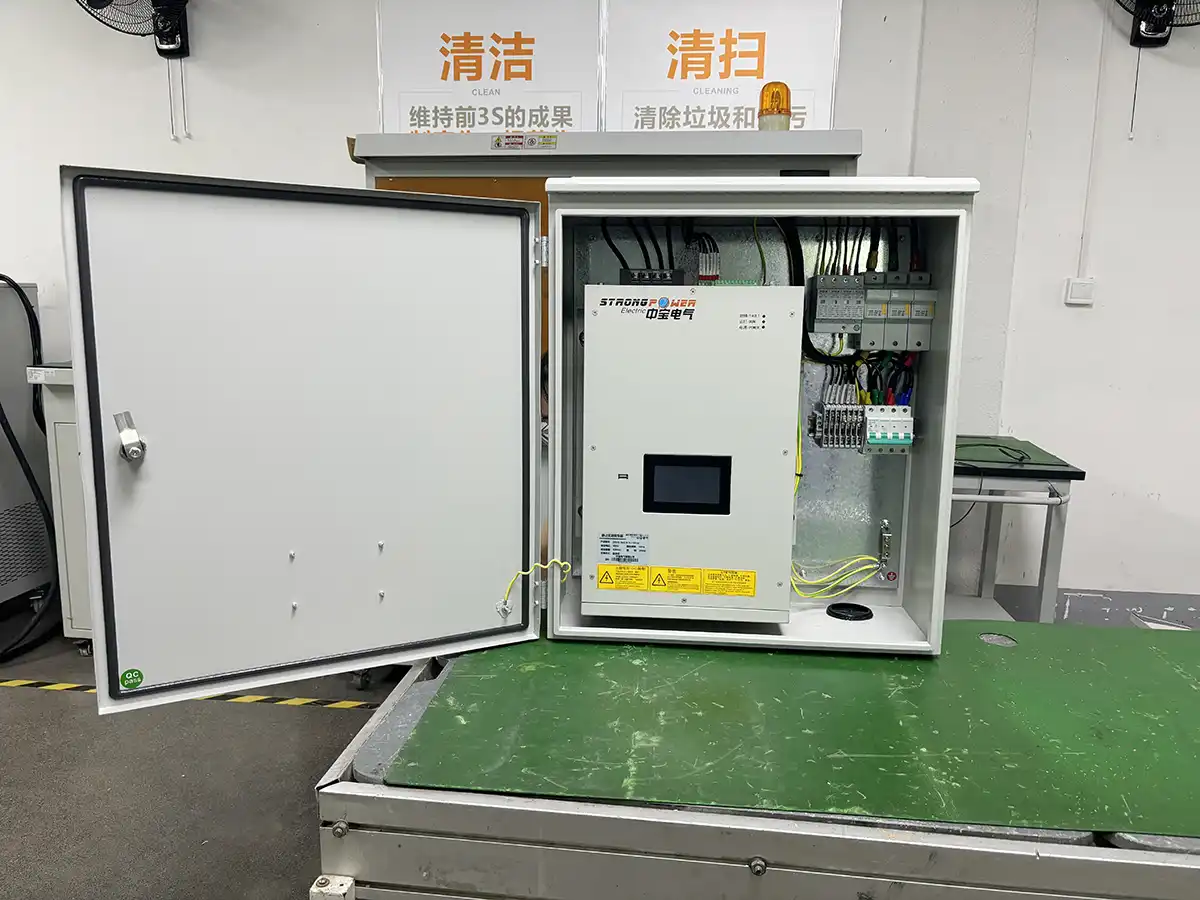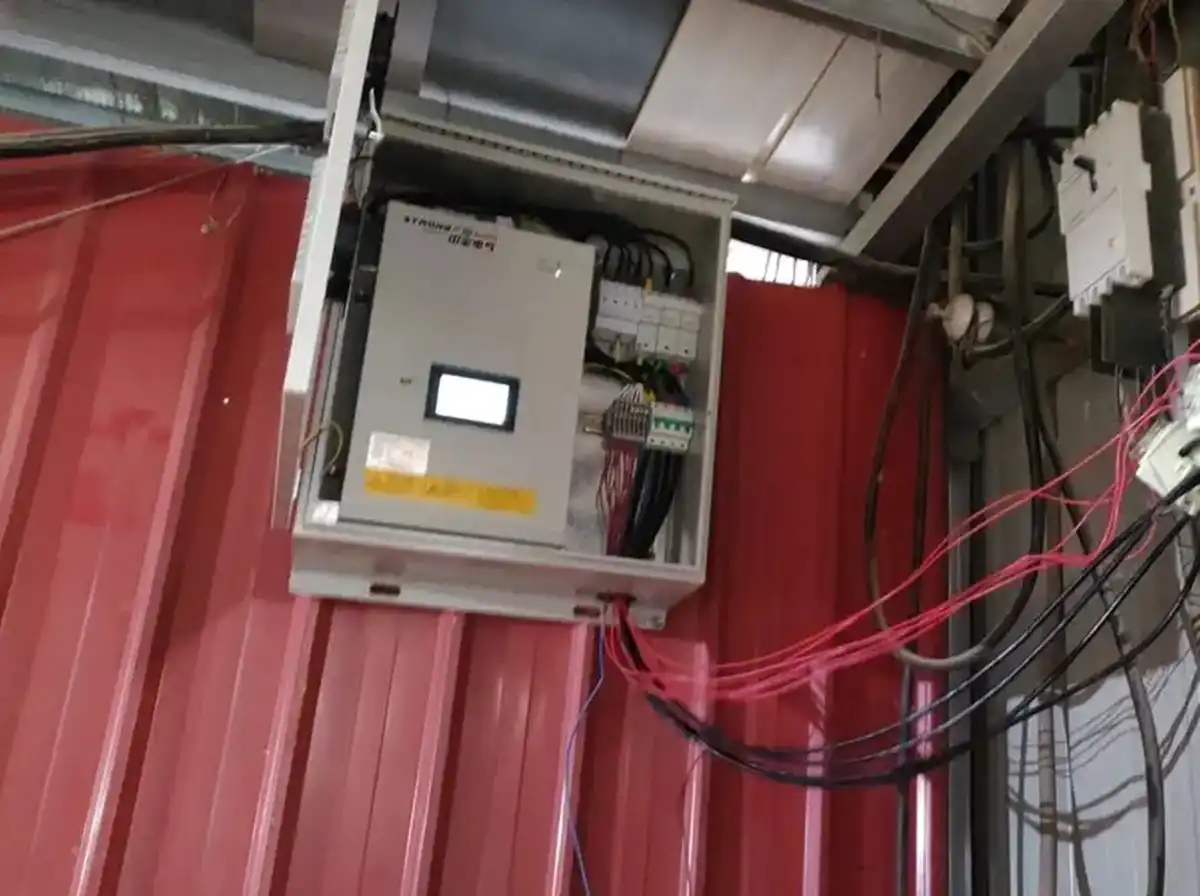With the growing adoption of electric vehicles, the expansion of charging infrastructure is accelerating. A critical component in DC fast-charging stations is the high-power, high-frequency rectifier—often a power factor correction (PFC) circuit—which converts grid-supplied alternating current (AC) into the direct current (DC) needed for EV batteries. This conversion relies on rapid switching performed by IGBT-based rectifier circuits. While essential, this process also introduces several power quality challenges.
First, the nonlinear switching operation of rectifiers distorts the current waveform, shifting it from a smooth sine wave into one rich in high-order harmonics, such as the 5th, 7th, 11th, and 13th orders.
Second, during startup or sudden load changes, DC fast chargers draw high instantaneous currents from the grid. This can lead to voltage sags at the connection point and, with frequent power variations, may cause voltage fluctuations and visible light flicker.

Additionally, while older rectifier designs often reduced the displacement power factor—wasting grid capacity despite low actual workload—modern chargers incorporate PFC technology to maintain a high power factor at full load. However, under low-load conditions, their power factor can still drop, and nonlinear behavior tends to become more pronounced.
Why Power Quality Management is Essential for EV Charging Stations?
Neglecting power quality management can lead to severe operational and financial consequences for EV charging infrastructure. Unchecked issues compromise station reliability, damage critical assets, and negatively impact the public grid. The specific hazards are detailed below.
-
Impact on the Power Grid and Public Infrastructure
Pollutes the Public Grid: Charging stations inject harmonic currents back into the upstream grid. This degrades the overall power supply quality for the local area and can disrupt the stable operation of other businesses and users connected to the same transformer.
Increases Energy Losses: Harmonic pollution causes overheating in distribution lines and transformers. This leads to higher energy losses, accelerates the aging of equipment insulation, and in severe cases, can pose a fire hazard.
Causes Equipment Malfunctions: Sensitive precision instruments and protective relays within the grid are vulnerable to harmonic interference. This can result in false alarms, nuisance tripping, and unplanned power outages, affecting a wider range of users.
-
Direct Consequences for Charging Station Operations
Reduces Charging Station Reliability: Harmonics and voltage fluctuations place significant stress on the internal power electronic components of charging piles. This shortens their operational lifespan, leads to frequent breakdowns, and drives up maintenance costs and downtime.
Damages Auxiliary Station Equipment: Poor power quality doesn’t only affect the chargers. It can cause repeated restarts, hardware damage, and data corruption in essential support systems like surveillance cameras, user display screens, station lighting, and payment kiosks.

Leads to Substandard Power Factor: A poor power factor results in inefficient energy usage. This forces the station to draw more apparent power, potentially leading to penalty fees from the utility provider for failing to meet required standards and increasing overall electricity costs.
Restricts Future Expansion: Power quality issues, particularly harmonics, effectively consume a portion of the available grid capacity. This can limit the number of additional charging points that can be installed on an existing electrical service, hindering business growth and scalability.
How is power quality managed?
Effective power quality management in DC EV charging stations is critical for operational stability. Three primary solutions are employed, selected based on specific site requirements. For real-time harmonic filtering, Active Power Filters (APFs) dynamically detect and inject compensating currents to cancel out grid harmonics. In cases of significant voltage fluctuation or reactive power deficit, Static Var Generators (SVGs) provide rapid reactive power compensation to stabilize the system voltage. For a holistic and space-efficient approach, an integrated Hybrid APF-SVG system offers simultaneous harmonic suppression and reactive power compensation. This comprehensive solution reduces installation footprint and total cost of ownership while ensuring superior power quality for both the charging infrastructure and the utility grid.



